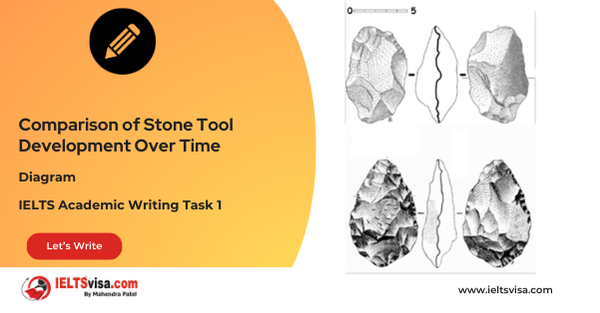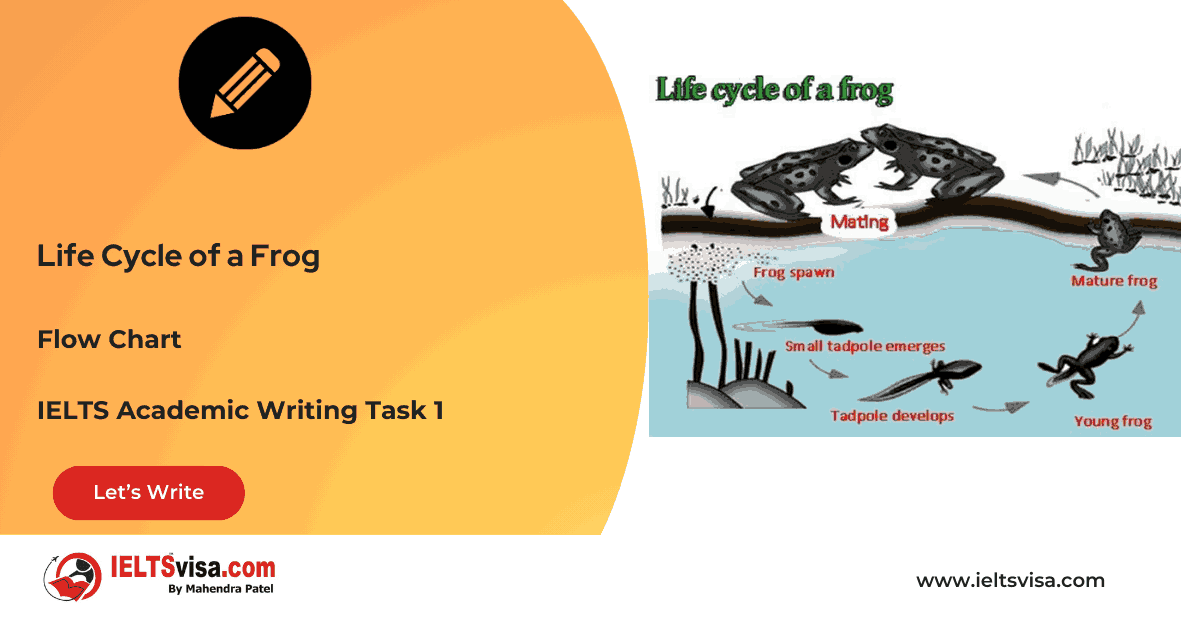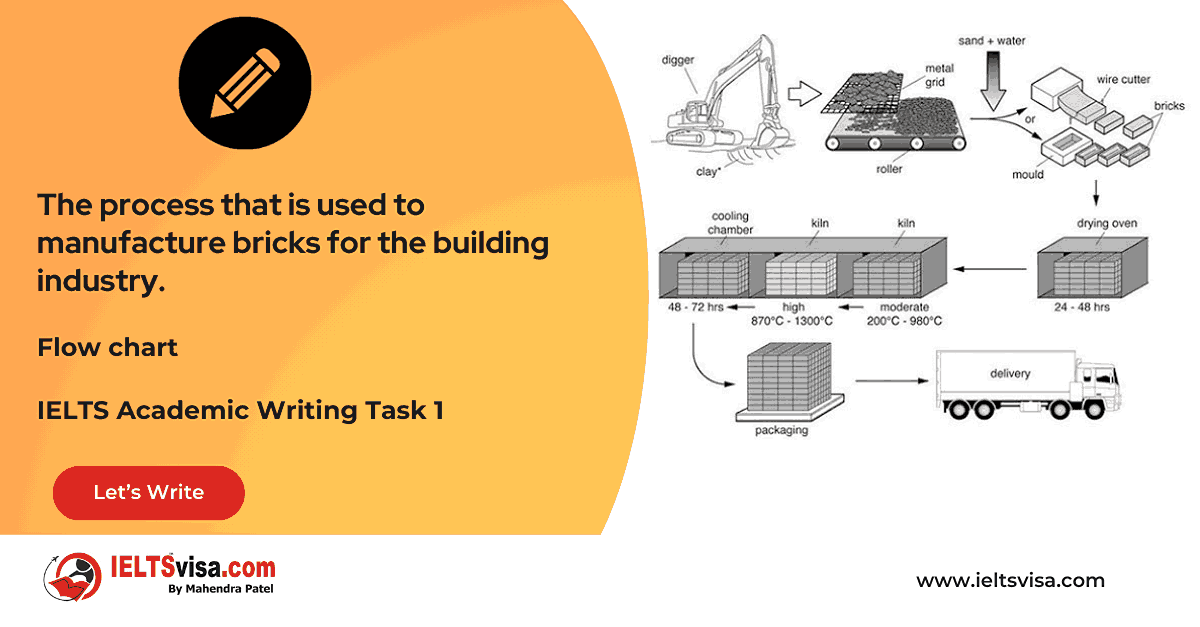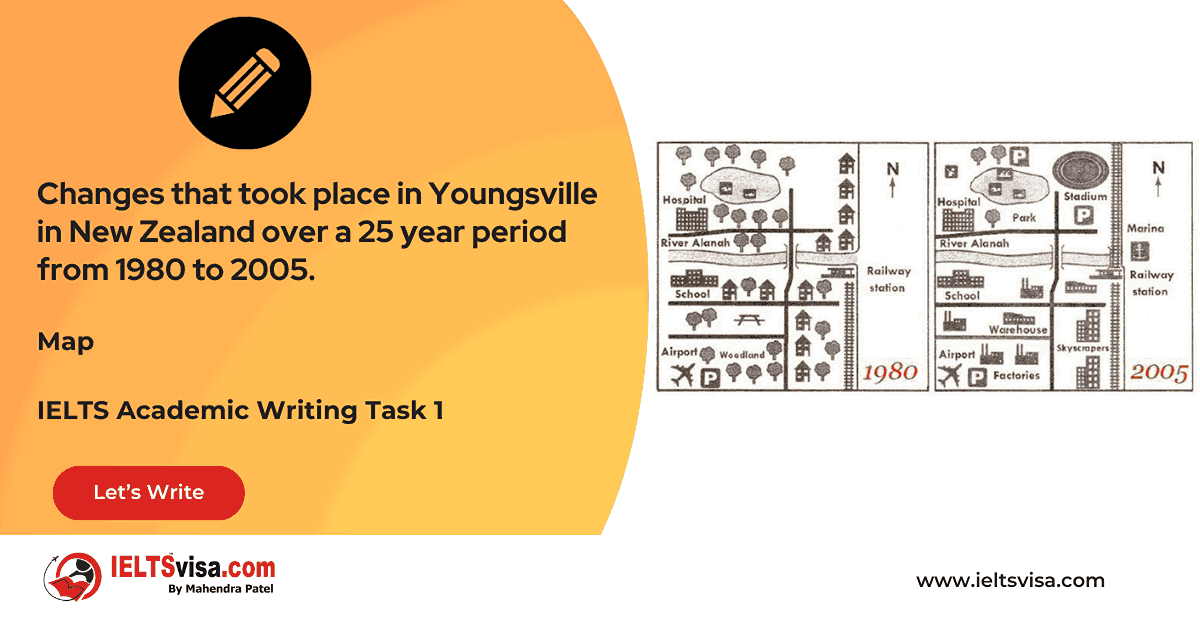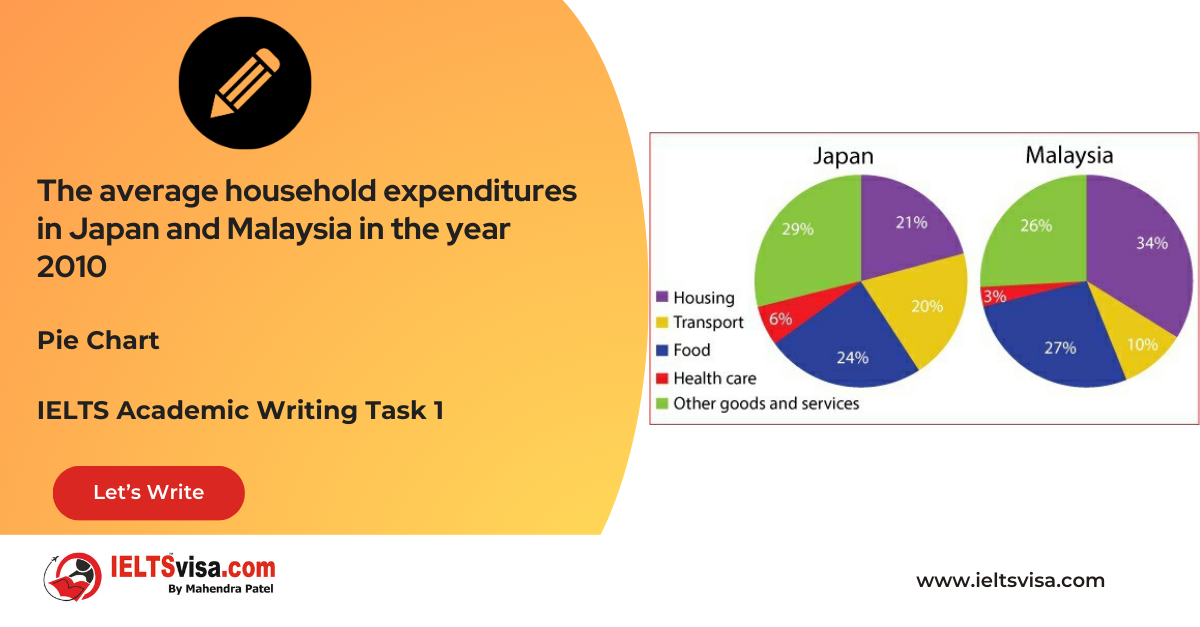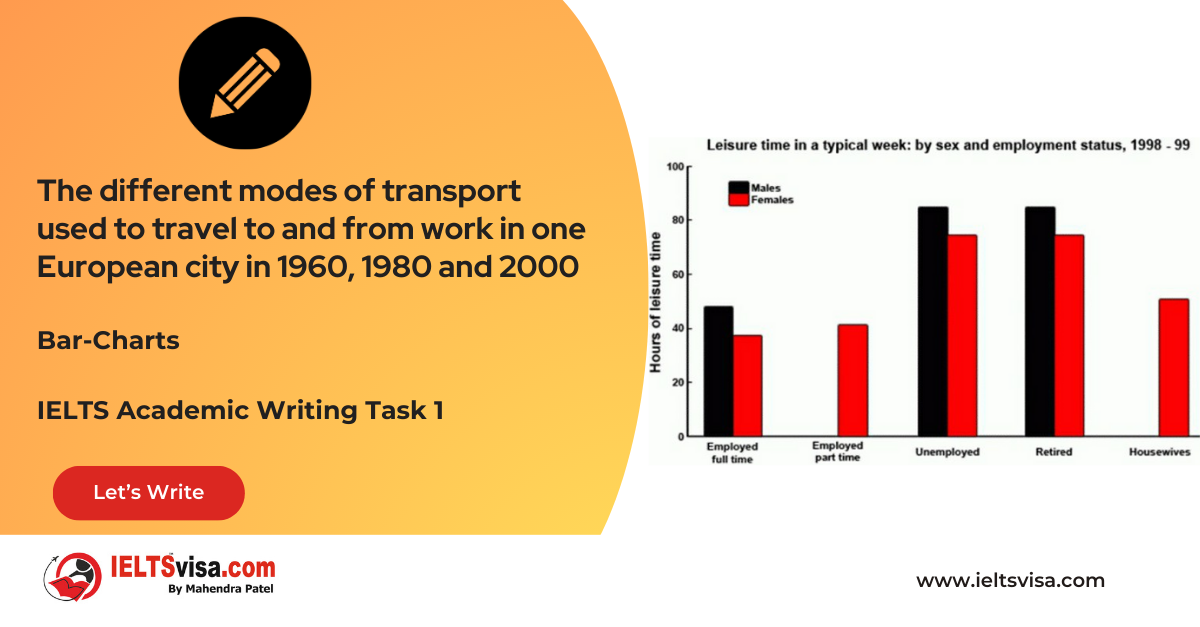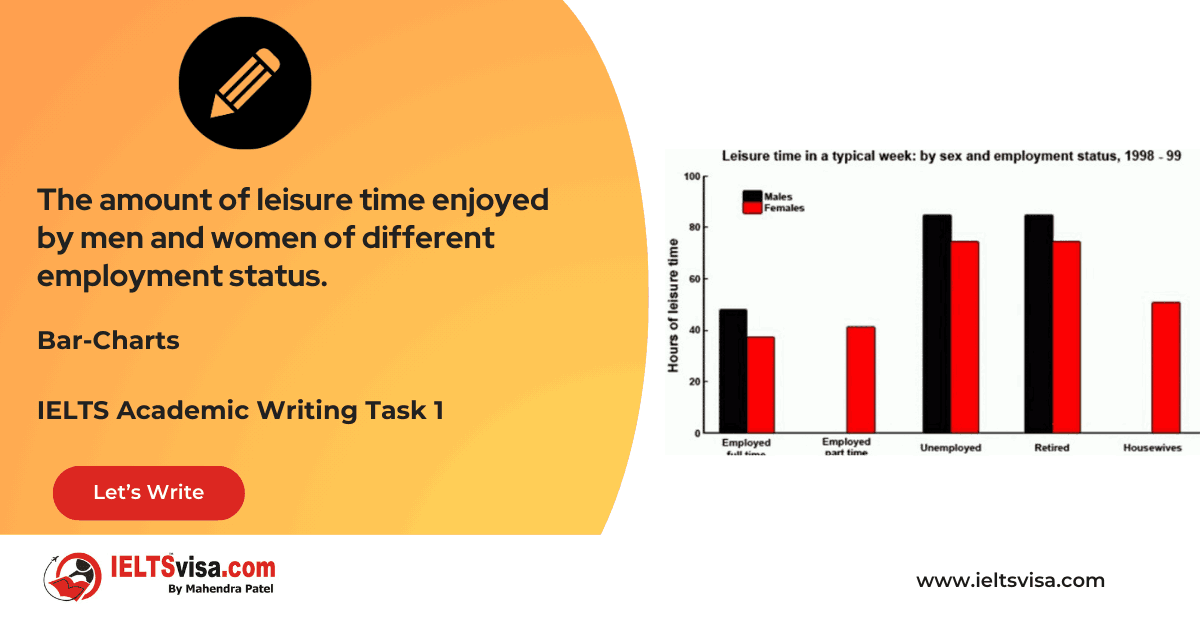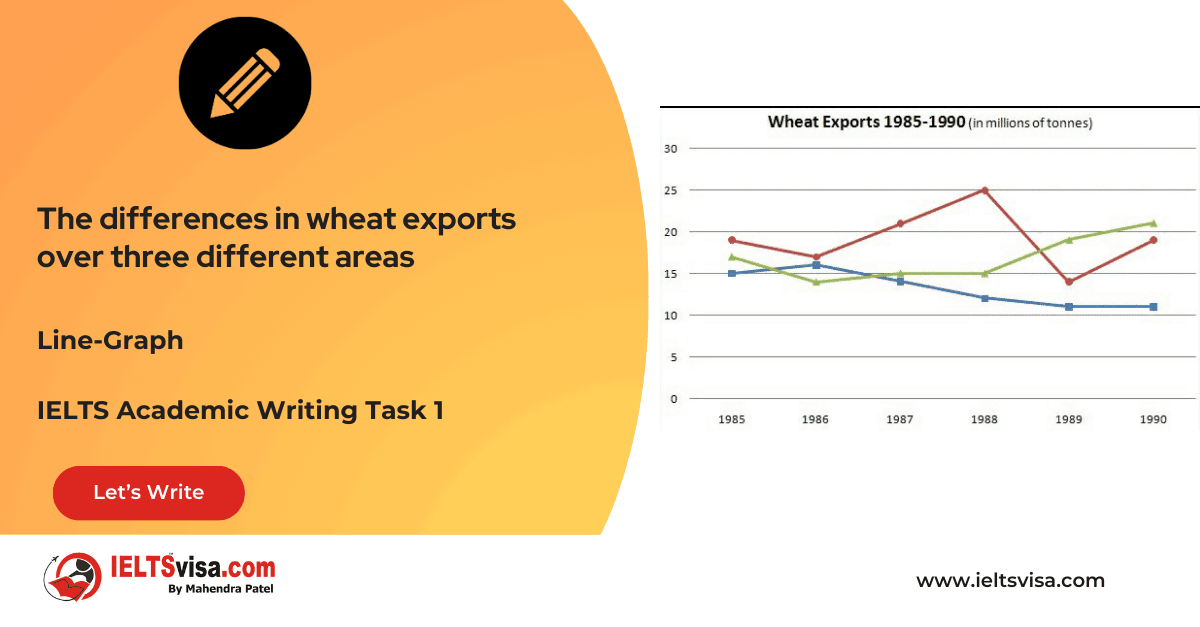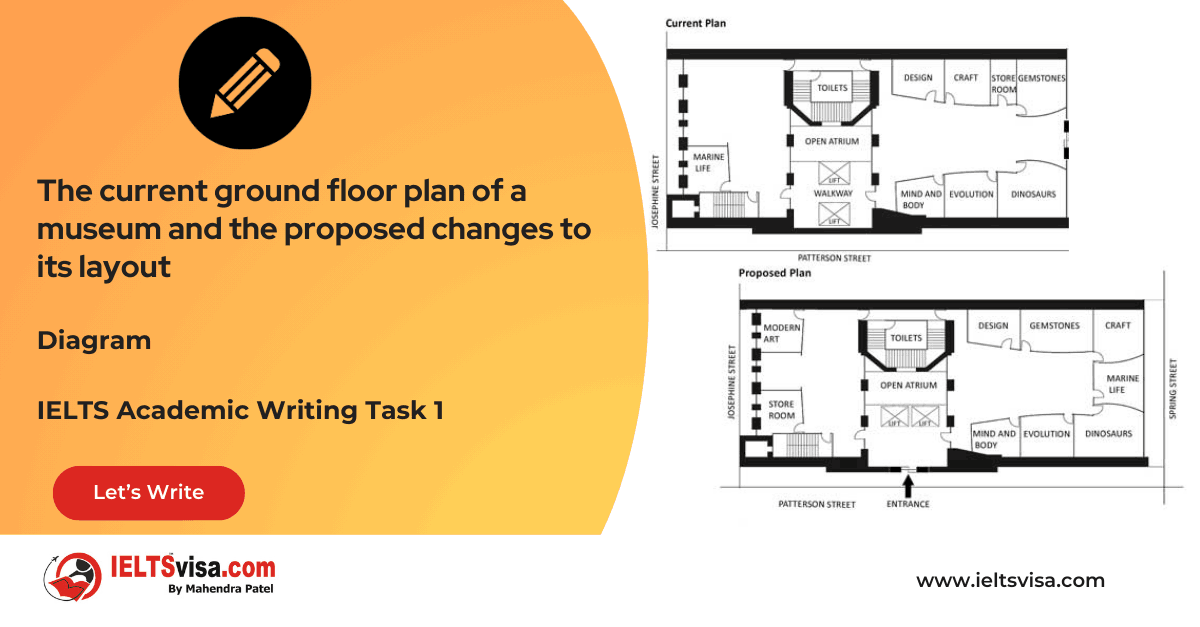Using Appropriate Sequencing Words and Linking Devices to Show the Order of the Stages
Lexical Resource & Grammatical Range and AccuracyIELTS Academic Writing Task 1
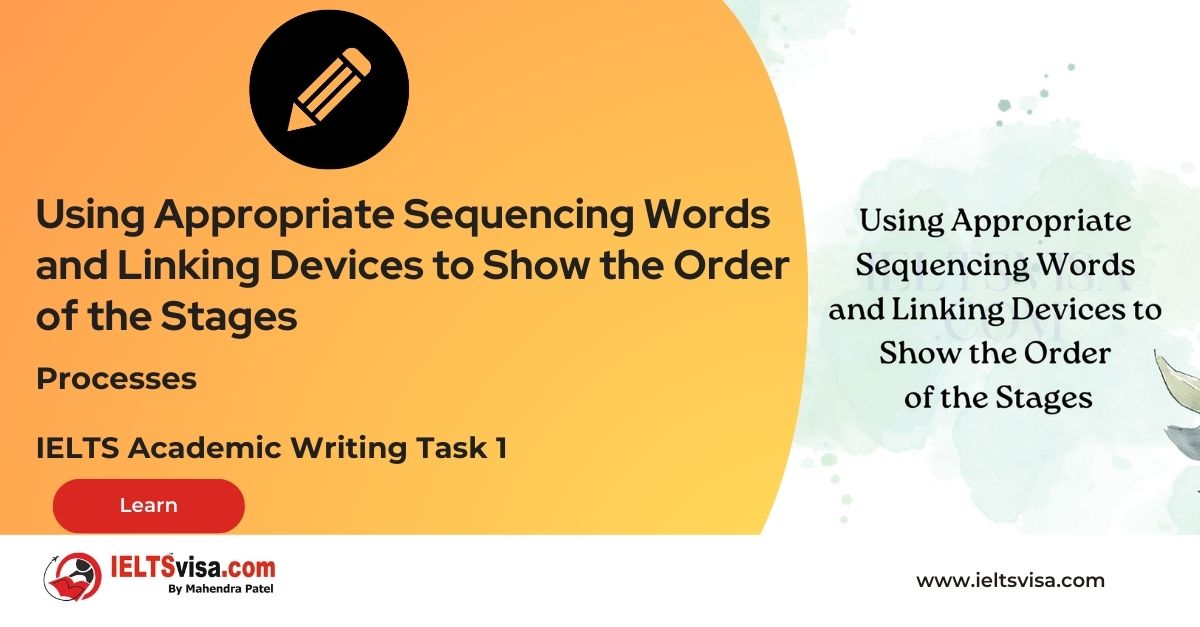
In the IELTS Academic Writing Task 1, candidates often encounter diagrams or flowcharts representing processes. Describing the stages or steps of the process clearly and organizedly is essential for achieving a high score.
One effective way to show the order of the stages is by using appropriate sequencing words and linking devices.
This article will explore the use of sequencing words and linking devices, as well as examples and sample answers.
1. Sequencing Words:
Sequencing words help to indicate the order or sequence of the stages in a process. They provide a logical flow to the description and help the reader understand the progression from one stage to another. Here are some commonly used sequencing words:
• Firstly
• Initially
• Next
• Then
• Afterward
• Subsequently
• Finally
• In conclusion
Example: The Water Purification Process Stage 1:
Firstly, raw water is drawn from the source and directed to the treatment facility through an intake pipe. Next, the water undergoes a preliminary filtration to remove large debris and sediments. Then, it moves on to the next stage for further treatment.
In this example, the sequencing words “firstly,” “next,” and “then” are used to clearly indicate the order of the stages in the water purification process.
2. Linking Devices:
Linking devices help to establish connections between different stages of the process. They ensure a smooth transition from one stage to another and create coherence in your writing. Here are some examples of commonly used linking devices:
• Additionally
• Moreover
• Furthermore
• In addition
• On the other hand
• However
• Therefore
• Consequently
Example: The Production of Paper Stage 1:
Wood chips are soaked in water to soften them. Additionally, the softened chips are then mechanically pulped or chemically treated to separate the fibres.
In this example, the linking device “additionally” is used to connect the two stages and show the progression of the process.
Sample Answer:
The given diagram illustrates the process of car manufacturing.
The process consists of four main stages, each described using appropriate sequencing words and linking devices.
To begin with, in the first stage, steel sheets are cut into specific shapes using computer-controlled machines. Moreover, the pieces are then assembled by workers on the assembly line.
Moving on to the second stage, the assembled car bodies are painted in various colours according to customer specifications. Subsequently, the painted bodies undergo a drying process to ensure a smooth and durable finish.
In the third stage, the car bodies are fitted with engines, electrical components, and interior features such as seats and dashboard panels. Additionally, the vehicles are subjected to rigorous quality checks to ensure that all systems are functioning properly.
Finally, the completed cars are inspected for defects or imperfections in the fourth and last stages. Consequently, the vehicles are ready for shipping and distribution to dealerships and customers worldwide.
Using appropriate sequencing words and linking devices presents a clear and logical order of the stages in the car manufacturing process, allowing for easy comprehension and understanding.
In conclusion, when describing processes in IELTS Academic Writing Task 1, it is crucial to use appropriate sequencing words and linking devices to show the order and connection between stages. This enhances the overall coherence and clarity of your response.
Practice using a variety of sequencing words and linking devices to effectively demonstrate the progression of the process and create a well-structured description.








Our Books
Master IELTS Speaking Part 1
IELTS Writing Task 1 Book
IELTS Writing Task 2 Book
Practice IELTS Other Modules
IELTS Listening
The IELTS Listening test assesses how well you can understand spoken English in various contexts. It lasts about 30 minutes and is divided into four sections with a total of 40 questions. The listening tasks become increasingly difficult as the test progresses.
IELTS Academic Reading
The IELTS Academic Reading section assesses your ability to understand and interpret a variety of texts in academic settings. It is designed to evaluate a range of reading skills, including skimming for gist, reading for main ideas, reading for detail, understanding inferences, and recognizing a writer's opinions and arguments.
IELTS Speaking
The IELTS Speaking test assesses your ability to communicate in English on everyday topics. It lasts 11-14 minutes and consists of three parts: introduction, cue card, and a discussion based on the cue card topic.
IELTS General Reading
IELTS General Reading tests your ability to understand and interpret various types of texts. Here are some key areas and types of content you can expect to encounter in the reading section, along with tips for effective preparation.
IELTS Academic Writing Task 1
In IELTS Academic Writing Task 1, you are presented with a visual representation of information, such as graphs, charts, tables, or diagrams, and you are required to summarize, compare, or explain the data in your own words.
IELTS General Writing Task 1
In IELTS General Writing Task 1, you are required to write a letter based on a given situation. The letter can be formal, semi-formal, or informal, depending on the prompt. Here’s a breakdown of the key components to include in your letter
IELTS Academic Writing Task 2
In IELTS Academic Writing Task 2, you are required to write an essay in response to a question or topic. Here’s a guide to help you understand the essential elements of this task
IELTS Exam Tips
To succeed in the IELTS exam, practice regularly, familiarize yourself with the test format, improve your vocabulary, develop time management skills, and take mock tests to build confidence.
Grammer for IELTS
Grammar is the foundation of effective communication in English. Understanding tense usage, subject-verb agreement, and sentence structure enhances clarity and coherence in writing and speaking.
Vocabulary for IELTS
Vocabulary plays a crucial role in the IELTS (International English Language Testing System) exam, especially in the Speaking and Writing sections. Here’s an overview of why vocabulary is important and how it impacts your performance
RECENT IELTS SAMPLES QUESTIONS AND ANSWERS
Task 1 – Diagram – Comparison of Stone Tool Development Over Time
20:00 Start Pause Stop [df_adh_heading title_infix="IELTS Writing Task 1 Question" use_divider="on"...
Task 1 – Flow chart -Life Cycle of a Frog
20:00 Start Pause Stop [df_adh_heading title_infix="IELTS Writing Task 1 Question" use_divider="on"...
Task 1 – Flow chart -The process that is used to manufacture bricks for the building industry.
20:00 Start Pause Stop [df_adh_heading title_infix="IELTS Writing Task 1 Question" use_divider="on"...
Task 1 – Map – Changes that took place in Youngsville in New Zealand over a 25 year period from 1980 to 2005.
20:00 Start Pause Stop [df_adh_heading title_infix="IELTS Writing Task 1 Question" use_divider="on"...
Task 1 – Pie Chart – The average household expenditures in Japan and Malaysia in the year 2010
20:00 Start Pause Stop [df_adh_heading title_infix="IELTS Writing Task 1 Question" use_divider="on"...
Task 1 – Bar Graph – The different modes of transport used to travel to and from work in one European city in 1960, 1980 and 2000
20:00 Start Pause Stop [df_adh_heading title_infix="IELTS Writing Task 1 Question" use_divider="on"...
Task 1 – Bar Graph – The amount of leisure time enjoyed by men and women of different employment status
20:00 Start Pause Stop [df_adh_heading title_infix="IELTS Writing Task 1 Question" use_divider="on"...
Task 1 – Line Graph – The differences in wheat exports over three different areas
20:00 Start Pause Stop [df_adh_heading title_infix="IELTS Writing Task 1 Question" use_divider="on"...
Task 1 – Diagram – The current ground floor plan of a museum and the proposed changes to its layout
20:00 Start Pause Stop [df_adh_heading title_infix="IELTS Writing Task 1 Question" use_divider="on"...

